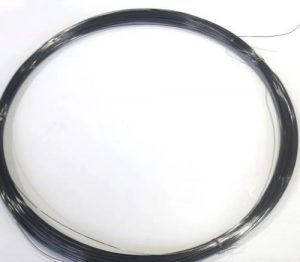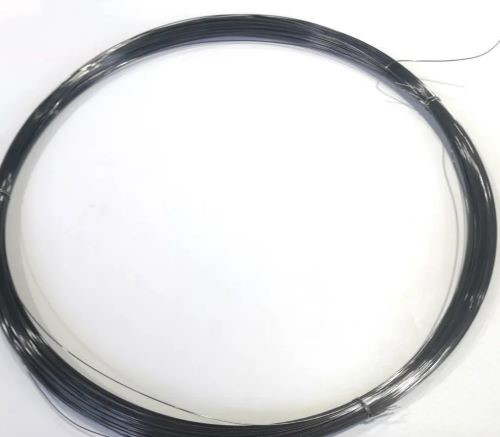Let’s learn more about the advantages of Mola over Moly by comparing pure molybdenum wire and molybdenum lanthanum alloy wire.

Molybdenum Lanthanum Wire
–The Background
Recently, pure molybdenum wire and molybdenum lanthanum alloy wire are used in EDM wire cutting extensively. The main requirements of wire cutting for those metal and alloy materials are the broken rate, discharge efficiency, and material loss. The quality and performance of these two kinds of wires can be also measured by ductility, tensile strength, damage resistance, and electronic escape work.
–The Experiment
Some researchers employed pure molybdenum electrode wire and molybdenum lanthanum electrode wire products and tested their performance respectively under the same EDM wire cutting conditions. The following features were measured.
–The Result
- Thermal Performance: Molybdenum wire is prone to brittle fracture when the temperature exceeds 1200 ℃, while the alloy version breaks when the temperature surpasses 1400 ℃.
- Strength: When φ=0.18mm, the tensile strength of the molybdenum wire is 1800 ~ 2200N/mm2; Yet, the strength of molybdenum lanthanum alloy wire is 1900 ~ 2300N/mm2.
- Damage Resistance: When φ=0.18mm, the diameter loss of the pure metal is 0.0006875mm/h, while that of the alloy product is about 0.0006565mm/h.
- The molybdenum lanthanum alloy wire has a better performance compared with the molybdenum wire.
Conclusion
Molybdenum lanthanum alloy and pure molybdenum have different properties that make them suitable for various applications. Pure molybdenum is an excellent material for thermal uses due to its high melting point and resistance to corrosion, while molybdenum lanthanum alloy has superior mechanical properties and high-temperature performance.
